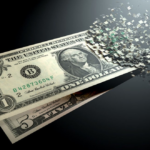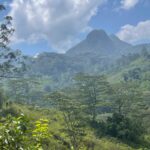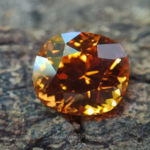
Freedom, A Fear..
Freedom is a responsibility that comes with the burden, the need to make choices, and

Freedom is a responsibility that comes with the burden, the need to make choices, and

“Were our feelings ever meant to be the fragile bridge reaching across the distance between

There are moments in life that cling to us, moments so visceral and raw that

Love—once lost—lingers like an unfinished melody, a ghostly refrain that plays in the background of

Sri Lanka, an island often celebrated for its ancient heritage and deep-seated traditions, is also

Walking along the pristine sands of Arugam Bay evokes a cascade of long-forgotten feelings—a surreal

“The waves rise high, a crest of white foam. In this rhythm of nature I’ve

The Growing Reality of Mindlessness In today’s fast-paced world, the disconnect between the mind and

“Bad money drives out all good”-Gresham’s law- For us it’s just another civilization down in

“The fact that many countries accept, as a principle, that the Dollar is as good

“True wealth is your time and your freedom True wealth lies not in the world’s

In a world where knowledge is power, understanding pollution roots empowers us to reclaim our

Pollution is an insidious adversary, undermining the health of our planet and its inhabitants. Its

Sri Lanka well known all over the world for its majestic mountain ranges and the


For a gemstone beauty alone is insufficient, rarity and durability are equally essential properties. Eg:-